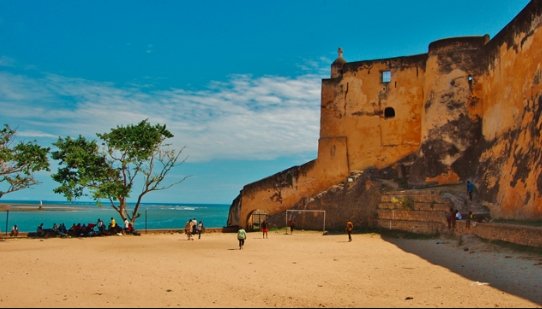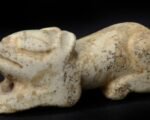A groundbreaking discovery has emerged from the depths of the Amazon rainforest, revealing a long-lost Portuguese colonial settlement. Researchers from the Amazônia Revelada project, utilizing advanced LiDAR technology, have mapped out streets and structures that had been concealed beneath the dense canopy for centuries. This find not only sheds light on the colonial past of the region but also opens a window into the rich history of Amazonian civilizations.
The Amazônia Revelada Project: A New Era of Discovery
The Amazônia Revelada project, spearheaded by archaeologist Eduardo Neves, is on a mission to uncover the hidden stories of the Amazon. With humans having inhabited this vast rainforest for nearly 13,000 years, the project aims to reveal the intricate tapestry of life that has existed here.
- Key Objectives of the Project:
- Utilize LiDAR technology to scan for lost settlements.
- Collaborate with local communities, including indigenous groups and riverside residents.
- Enhance understanding of Amazonian history and archaeology.
LiDAR, or Light Detection and Ranging, is a game-changing technology that sends laser pulses from the air to measure distances to the ground. This method allows researchers to create detailed 3D maps of the landscape, revealing structures that would otherwise remain hidden. The recent discovery of the Portuguese settlement is a testament to the potential of this technology in archaeological research.

A Glimpse into the Past: The 18th-Century Settlement
The recent findings from the Amazônia Revelada project have unveiled an 18th-century Portuguese settlement in the Brazilian Amazon. This settlement, once bustling with activity, has now been reclaimed by nature, but the remnants of its streets and buildings tell a story of colonial life in the region.
- Highlights of the Discovery:
- Mapping of streets and structures that were previously unknown.
- Insights into the colonial architecture and urban planning of the time.
- Ongoing research to piece together the settlement’s history.
As researchers continue their work, they are eager to learn more about the people who lived in this settlement. What were their daily lives like? How did they interact with the indigenous populations? These questions drive the ongoing exploration of the site, promising to enrich our understanding of the Amazon’s colonial past.
The Role of Technology in Archaeology
The use of LiDAR technology in archaeology is revolutionizing the way researchers approach their work. By penetrating the thick canopy of the Amazon, LiDAR allows for the discovery of sites that would be nearly impossible to find through traditional methods.
- Benefits of LiDAR in Archaeological Research:
- Non-invasive mapping of landscapes.
- Ability to cover large areas quickly and efficiently.
- Discovery of previously unknown sites and structures.
Earlier this year, another research team utilized LiDAR to uncover a network of ancient cities in Ecuador’s Upano Valley. The success of these projects highlights the importance of technology in revealing the hidden histories of the Amazon and beyond.
Community Involvement: A Collaborative Effort
The Amazônia Revelada project is not just about technology; it’s also about people. Eduardo Neves emphasizes the importance of collaboration among various stakeholders, including archaeologists, indigenous communities, and local residents.
- Community Engagement Strategies:
- Involving indigenous people in the mapping process.
- Educating local communities about their archaeological heritage.
- Fostering a sense of ownership and pride in local history.
By bringing together diverse voices, the project aims to create a more comprehensive understanding of the Amazon’s archaeological heritage. This collaborative approach not only enriches the research but also empowers local communities to take an active role in preserving their history.














